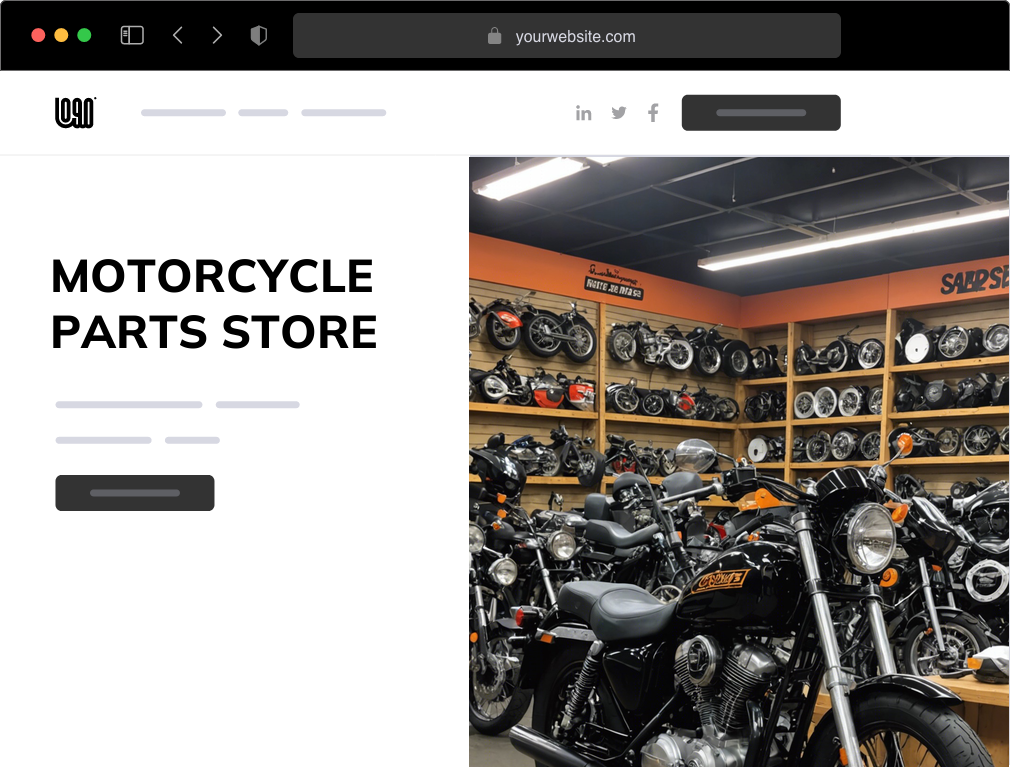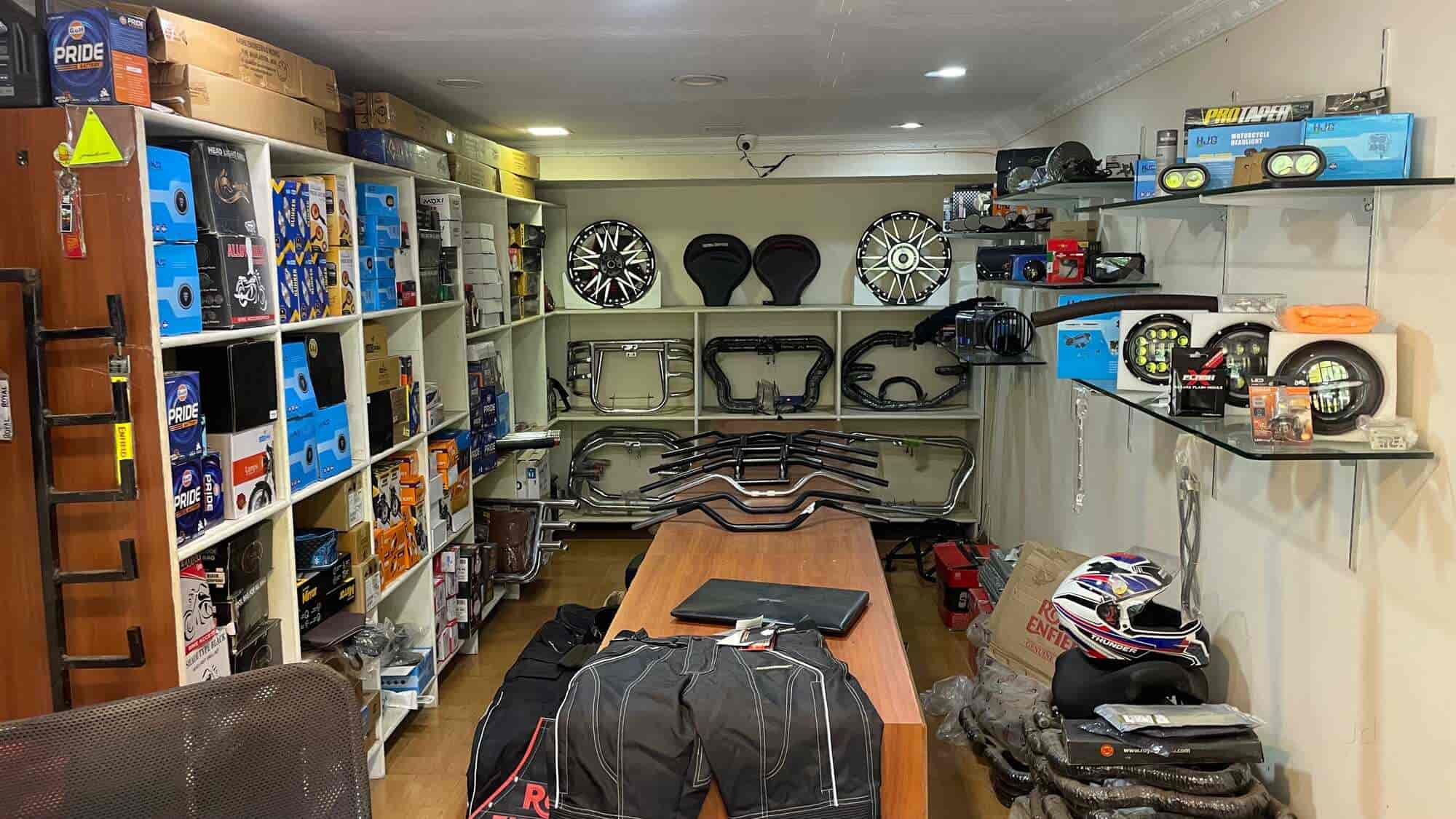Mastering Motorcycle Gears: Just How to Maximize Your Riding Experience
In the world of motorcycling, grasping the art of gear manipulation is important for enhancing your riding performance. Properly understanding and using motorcycle gears can significantly impact control, gas, and acceleration effectiveness, changing an ordinary ride right into a seamless, thrilling trip. By integrating accurate change timing and adjusting gear option to numerous road conditions, motorcyclists can guarantee optimum engine performance and safety. The nuances of clutch control, throttle coordination, and equipment mechanics beckon a much deeper exploration, assuring to unlock the complete potential of your maker. How can these strategies be utilized to absolutely enhance your riding experience?
Recognizing Gear Mechanics
Exactly how do the intricacies of equipment mechanics affect motorbike efficiency? At the core of motorcycle characteristics, equipment auto mechanics play a crucial duty in transforming engine power into movement, eventually dictating speed and control. Gears, meticulously crafted components, allow riders to optimize torque and speed, ensuring a seamless change via various terrains and speeds. The gear ratios, meticulously made, establish the partnership in between engine transformations and wheel turns, affecting acceleration and fuel performance.
Comprehending equipment mechanics begins with acknowledging the relevance of the transmission, which houses numerous gears of differing sizes. These gears connect via a procedure called meshing, where teeth of different equipments involve to send power. The precision of this communication is essential; any type of imbalance or damages can bring about inefficient power transfer, preventing performance. Additionally, the arrangement and size of equipments influence the bike's capability to handle various loads and rates.
Moreover, the concept of gear moving is integral to taking full advantage of efficiency. Prompt and smooth shifts make sure that the engine runs within its optimum power band, stopping unneeded pressure and enhancing durability (motocross gear nz). By comprehending these mechanical details, motorcyclists can achieve a harmonious blend of effectiveness, control, and power, elevating their riding experience
Timing Your Shifts
Shift timing proficiency is essential for optimizing motorbike performance and enhancing the riding experience. Effectively timed changes guarantee that the engine runs within its ideal power band, which is important for maintaining control, accomplishing smooth velocity, and ensuring the durability of the bike. Bikers should establish an user-friendly feeling of when to move equipments, which involves comprehending the partnership between engine transformations per minute (RPM) and rate.
To master change timing, pay very close attention to the engine's sound and feel, as these supply essential ideas about when to alter equipments. The perfect change factor generally occurs when the engine comes close to the upper variety of its power band without getting to the redline. Moving prematurely can result in an absence of power, while moving too late may cause unneeded engine pressure
Furthermore, roadway problems and riding style influence change timing. In comparison, throughout freeway riding, fewer changes at higher rates can be a lot more suitable.
Enhancing Gas Performance
While grasping bike equipments is crucial for performance, improving gas effectiveness is equally vital for both economic and environmental reasons. Optimal fuel consumption not only lowers operational costs yet likewise decreases the ecological impact of riding. To attain this, one must comprehend the complex connection in between gear selection and engine efficiency.
Riding in a higher gear at lower rates can lead to engine carrying, which is damaging to both fuel economic situation and engine health. Conversely, riding in reduced gears at high speeds results in unnecessary gas consumption.
Additionally, normal upkeep plays a pivotal duty in fuel effectiveness. Making certain that the motorcycle is well-tuned, with tidy air filters and effectively pumped up tires, can lower and boost aerodynamics gas wastage. Moreover, embracing a riding design that welcomes gradual acceleration and smooth deceleration can add to far better fuel economic climate.

Techniques for Smooth Transitions
Achieving smooth gear shifts is basic to improving the riding experience and making certain the durability of a motorbike's transmission system. Correct gear moving not just adds to a seamless adventure yet also decreases deterioration on the mechanical elements. To grasp the art of smooth shifts, bikers should concentrate on a few essential techniques.

Secondly, clutch control plays a crucial role. Engaging and disengaging the clutch efficiently calls for method. The clutch bar ought to be launched slowly, permitting a smooth transfer of power from the engine to the wheels without triggering a jolt or abrupt movement.

Adapting to Roadway Problems
Browsing varied road conditions is an essential skill for any type of motorcyclist aiming to keep control and safety and security. Whether you're riding on damp surfaces, gravel roads, or navigating doglegs, your capacity to adapt your gear usage and riding strategy is vital. Comprehending how to change your gears suitably can dramatically impact traction and security, ensuring a more secure trip.
On damp roadways, it is a good idea to maintain higher equipments to lower torque and minimize wheel spin. This strategy helps keep hold on unsafe surfaces, permitting for smoother acceleration and slowdown. On the other hand, when riding on gravel or irregular surface, reduced equipments are preferable. Lower equipments give far better control and allow you to react more swiftly to unexpected modifications in the road surface area.
Sharp curves require exact equipment management to stabilize rate and control. Downshifting before entering a contour can aid preserve energy while making certain the motorbike stays stable throughout the turn. Regular technique in diverse conditions improves your ability to respond and predict to changes in roadway texture and incline.
Verdict
Mastering motorbike equipments substantially enhances the riding experience by enhancing control, velocity, and gas effectiveness. A comprehensive understanding of gear mechanics and exact shift timing guarantees the engine operates within its optimum power band, while smooth transitions with efficient clutch and throttle control rise comfort and efficiency. Adapting gear choice to different roadway problems, such as utilizing higher gears on wet surfaces and lower gears on gravel, further improves handling and safety. Inevitably, these abilities elevate the overall trip.
Understanding equipment technicians starts with recognizing the relevance of the gearbox, which houses multiple equipments of varying dimensions. These equipments communicate through a process recognized as meshing, where teeth of various equipments involve to send power (mx browse around this site gear nz). Gentle modifications to the throttle during gear changes can prevent jerky movements and maintain a regular riding speed
Whether you're riding on damp surface areas, gravel roads, or navigating sharp turns, your ability to adapt your equipment use and riding method is vital. Adjusting gear option to various roadway conditions, such as making use of higher equipments on damp surfaces and reduced equipments on crushed rock, tank bag for himalayan more enhances handling and security.